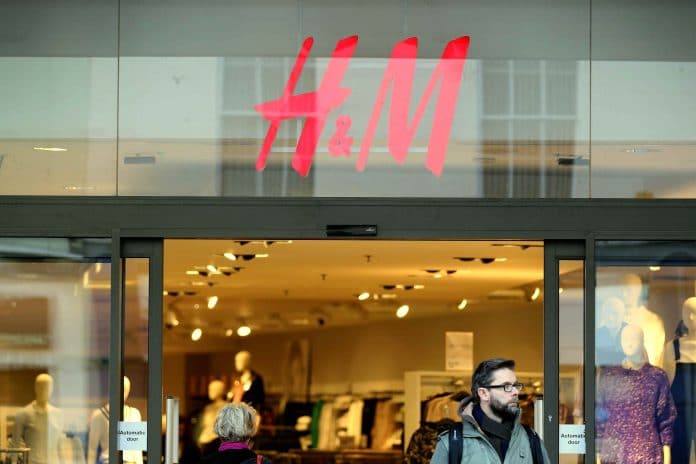
Introduction
In a recent turn of events, H&M, the renowned fashion retailer, has announced weaker-than-expected sales figures for the second quarter (Q2). This unexpected decline has raised concerns and triggered analysis within the industry. In this article, we will delve into the possible factors that contributed to H&M’s disappointing sales performance during this period.
The Impact of Consumer Behavior
One crucial aspect to consider when examining H&M’s Q2 sales results is the ever-changing landscape of consumer behavior. With the rise of e-commerce and the ongoing effects of the global pandemic, customers have increasingly turned to online shopping. As a result, brick-and-mortar retailers, including H&M, have faced significant challenges in attracting foot traffic to their stores.
The Competitive Fashion Industry
The fashion industry is highly competitive, with numerous brands vying for customers’ attention and spending. H&M, once a dominant player in the fast-fashion segment, has encountered fierce competition from both established and emerging brands. These competitors often offer unique value propositions, sustainable practices, or exclusive collaborations, enticing customers to explore alternative options.
Pricing Strategy and Affordability
Another factor that may have influenced H&M’s Q2 sales performance is its pricing strategy. While affordability has been a core pillar of H&M’s brand identity, it is crucial to adapt to changing market dynamics. Consumers today prioritize value for money and are willing to invest in higher-quality garments that align with their values. H&M’s pricing strategy and perceived value proposition must be carefully evaluated to remain competitive in this evolving landscape.
Evolving Fashion Trends
Fashion trends are ephemeral, constantly evolving, and influencing consumers’ purchasing decisions. H&M’s ability to capture and capitalize on these trends is crucial for maintaining its relevance and attracting customers. However, predicting and responding to shifting fashion preferences is a complex task that requires a deep understanding of consumer tastes and an agile supply chain.
Sustainability and Ethical Practices
In recent years, sustainability and ethical practices have emerged as significant concerns for consumers worldwide. Shoppers are increasingly conscious of the environmental and social impact of their fashion choices. Brands that prioritize sustainable sourcing, responsible manufacturing, and transparent supply chains tend to resonate more with these conscious consumers. H&M’s efforts in these areas may play a role in shaping its sales performance.
Adapting to the Digital Era
As mentioned earlier, the ongoing digital revolution has transformed the retail landscape. H&M, like many other traditional retailers, must adapt its business model to cater to the digital-savvy consumer. Enhancing the online shopping experience, optimizing the website for mobile users, and leveraging social media platforms for marketing are vital strategies that H&M should employ to reach and engage its target audience effectively.
:quality(70):focal(-5x-5:5x5)/cloudfront-eu-central-1.images.arcpublishing.com/businessoffashion/NPXF6NDC3VG35AXOZ3XQ6FK4IU.jpg)
Conclusion
In conclusion, H&M’s weaker-than-expected Q2 sales results can be attributed to a confluence of factors. The shifting consumer behavior, intense competition, pricing strategy, evolving fashion trends, sustainability efforts, and the need to adapt to the digital era all pose significant challenges for the brand. To regain momentum and outperform its competitors, H&M must reassess its strategies, innovate, and address the changing needs and expectations of its target market. By leveraging its strengths, adapting to market trends, and delivering an exceptional customer experience, H&M can strive towards a more successful future.
